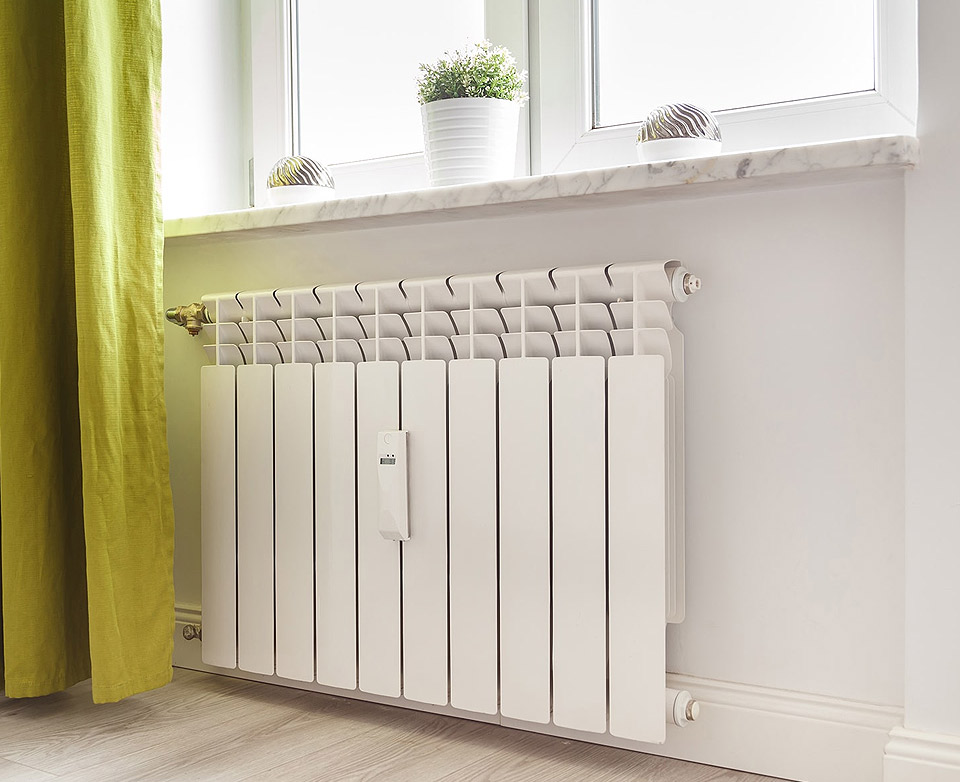Check Your Thermostat
First things first, check the settings on your thermostat. Your thermostat is the control center for your HVAC system, and sometimes it’s easy to overlook a simple setting change, especially if you aren’t the only one in a house.
Most new thermostat models will also display error messages with instructions to follow if there is an issue with your system, so it’s important to check the display periodically to make sure everything is running correctly. Also, be sure to check the manual if you aren’t sure about a setting, or ask your service technician during your next routine maintenance for help!
If your thermostat isn’t lighting up, it might need a new change of batteries. Many homeowners might not realize that their thermostat needs them, but if the display doesn’t light up then this could be the issue. This is a simple fix that doesn’t require a technician to visit and can save you a lot of time.
Check your Breaker
If your thermostat is working, and your unit still isn’t, check the circuit breaker or fuse box. Many homeowners do this automatically anyway, but it’s still an important and helpful step. Unexpected power surges and outages can burn out or trip your system’s fuse, cutting off power to the unit and leaving you with an uncomfortably hot home. This is another quick solution that may save you a lot of hassle.
Check Your Filter
Your HVAC system relies on airflow to function, and a blocked filter can not only make your system work harder just to heat/cool your home, but it will also cost you money in costly repairs and electric bills down the road. If you can’t feel air coming from the registers, or you notice ice on the refrigerant lines, coil, or exhaust pipes then a lack of airflow may be the problem. Your air filters should be changed at least every 30 days or so (or more frequently depending on your home situation) especially in the months that see frequent or heavy use. Regularly changing your filters can help your HVAC system last longer and run more efficiently, saving you money and keeping your air clean to boot!
Check Indoor and Outdoor Switches
HVAC units have switches on the indoor air handler and outdoor unit. It’s possible that something or someone may have flipped one of the switches, either by accident or without realizing what it does. If this sounds like something that could have happened to you, then make sure to check it before calling. And remember, safety first!
Check the Drain Line for Obstructions
Indoor coils typically have an emergency cutoff or float switch, either attached to the drip pan or built into the drain line. These simple mechanisms prevent water damage by shutting off the condenser coil and stopping condensation from occurring. The downside of this, however, is that a blocked drain line means your unit can’t keep you cool. If your unit isn’t running, even though the thermostat and unit have power, you might have a drainage issue. Check the drain pan and drain line for standing water, and try to flush or clear the drain line if possible.
And of course, one of the best ways to prevent costly repair calls is to have regular maintenance on your HVAC system, that way you can catch those issues before they ruin your day.









